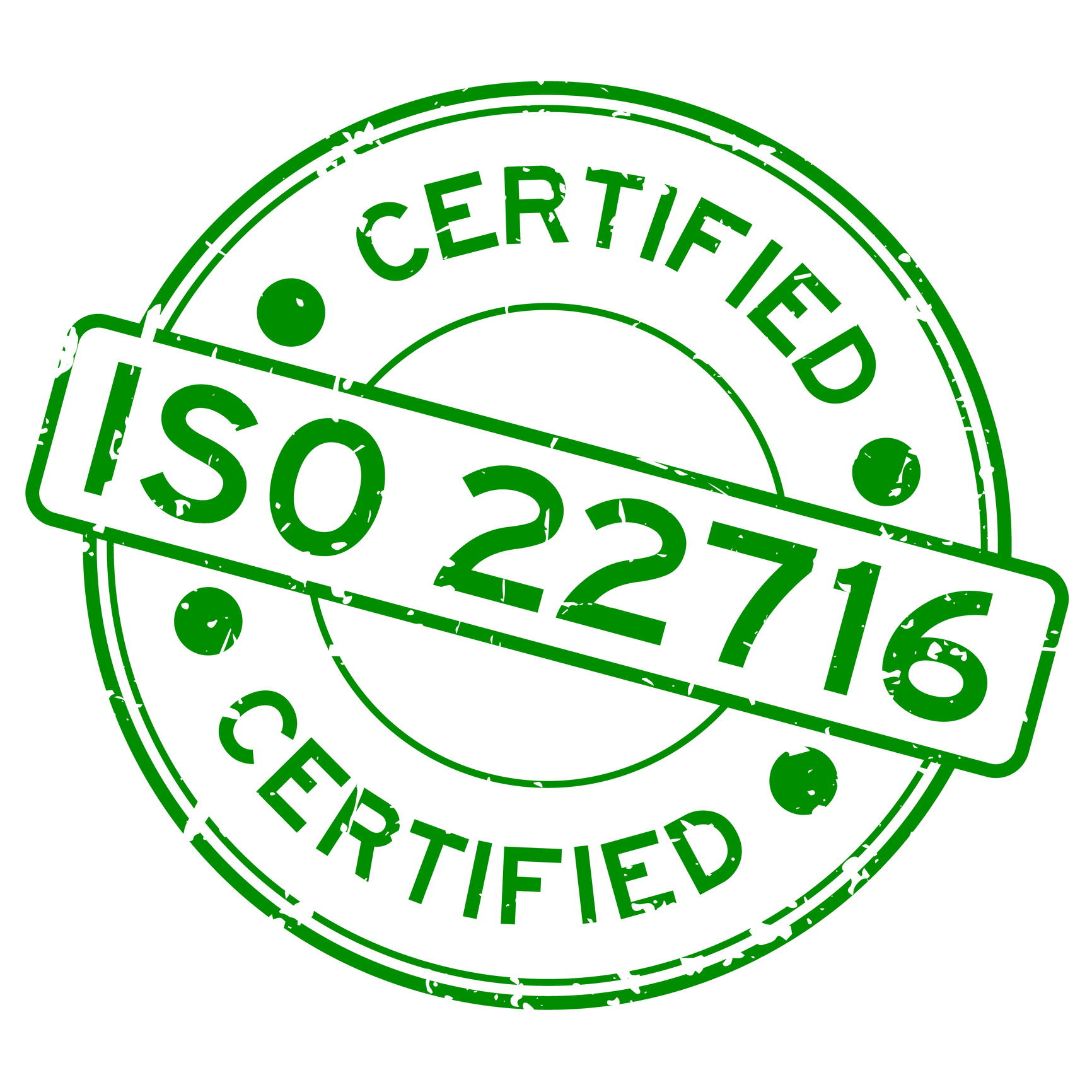COSMETIC REGULATION / 21-04-08
Good practices in cosmetics
The cosmetic Regulation (EC) n°1223/2009 requires compliance to Good Practices, that is, guidelines that cover some aspects of the lifecycle of a cosmetic product. These are the Good manufacturing practice (GMP) and Good laboratory practice (GLP).
The cosmetic Regulation (EC) n°1223/2009 requires compliance to Good Practices, that is, guidelines that cover some aspects of the lifecycle of a cosmetic product. These are the Good manufacturing practice (GMP) and Good laboratory practice (GLP).
Good manufacturing practice (GMP)
If the Talc Morhange case had been the trigger of the first regulations for cosmetics in France, then in Europe, it especially had shown that cosmetics manufacturing is a critical step. The European cosmetic Regulation has endorsed this point as article 8 clearly explains that "The manufacture of cosmetic products shall comply with good manufacturing practice […]". The text doesn't provide specific reference instruments, but it specifies that the GMP is presumed observed when the manufacturing is made according to harmonized norms, meaning mostly the ISO 22716 norm. This norm is one of the most known ISO standards for the cosmetic industry, as it gives good manufacturing practices guidelines.Developed by experts within the cosmetic industry, the ISO 22716 norm is a widely recognized international standard. Not only does it regulate the production of cosmetic products, but also the other manufacturing steps: control, storage, and shipment. In order to get a product that matches the desired characteristics, this standard assures that all human, technical, and administrative factors have been properly controlled. The 17 chapters of the norm cover the various aspects of the supply chain that are :
- Staff: training, responsibilities, organization, hygiene ;
- Premises and equipment: design, cleaning, maintenance, calibration ;
- Production: raw materials management, manufacturing and packaging operations, storage, shipment, waste management ;
- Quality control (info box) ;
- Quality system: documentation, internal audits, change and deviations management, complaints and recalls management.
Quality control in cosmetics
A quality control procedure for cosmetic products begins before manufacturing. Sampling management is crucial in order to obtain representative results. Once a finish product's specifications are established (pH, viscosity, physicochemical properties, etc. ), these specifications become the reference point for further controls during production, but also during the life of the product on the market. It is crucial to plan a management and investigation process for out-of-specification products. Quality control also aims to establish the conditions a product must satisfy in order to be released. All these steps seek to provide the consumer a consistent quality.
Let's not forget that the Responsible Person (RP) must certify that GMP is followed in every Product information file (PIF) (mettre article PIF anglais). The RP must also ensure that subcontracting companies follow the GMP. The ISO 22716 norm mentions internal audit, but it's better to have the compliance to GMP certified by an approved external provider. This certification prevents bad surprises from happening during control by competent authorities (ANSM in France, which dedicates one-third of its annual control campaign to GMP). GMP certification is also proof of quality useful for trade partners and export. A quality control procedure for cosmetic products begins before manufacturing. Sampling management is crucial in order to obtain representative results. Once a finish product's specifications are established (pH, viscosity, physicochemical properties, etc. ), these specifications become the reference point for further controls during production, but also during the life of the product on the market. It is crucial to plan a management and investigation process for out-of-specification products. Quality control also aims to establish the conditions a product must satisfy in order to be released. All these steps seek to provide the consumer a consistent quality.

Good laboratory practice (GLP)
Contrary to GMP, GLP is not defined by an ISO norm, but by regulations (in France for cosmetics: Public health code and the associate Decree of August 10th, 2004). However, they involve several norms. GLP applies in several fields, like drugs, tatoo products, food, etc. Concerning cosmetics, the Regulation (EC) n°1223/2009 requires that non-clinical safety studies necessary to the safety assessment of a product must be compliant to GLP (or other norms recognized as equivalent). By harmonizing GLP on an international scale, GLP compliant studies can be recognized in other countries.Like GMP, the purpose of GLP is to ensure the quality of non-clinical safety tests performed at testing laboratories. For cosmetics, it includes all tests required to ensure safety that do not involve human subjects: toxicological studies, tolerance tests, microbiological analysis, industrial testing, etc. The aim of GLP is to ensure the quality, repeatability, authenticity, and integrity of the data used to attest the compliance to regulations.
GLP gives a frame that regulates all aspects of non-clinical studies : staff, premises, procedures, study protocols, documentation, etc. The 5 M method sums up these principles:
- Materials (Matières premières) : identification, checking, management ;
- Equipment (Matériel): identification, calibration, maintenance, procedures ;
- Method (Méthode): detail, validation, verification, availability ;
- Workforce (Main d'oeuvre): training, qualifications ;
- Environment (Milieu): facility and environment.
- The procedure to attest the compliance to GLP: in France, it's ANSM that is the accredited body for cosmetics. If the lab fulfills all requirements, the facility is certified ;
- The accreditation process: in France, the Cofrac (french accreditation committee) is in charge. The accreditation takes technical competence for certain types of tests into account.













